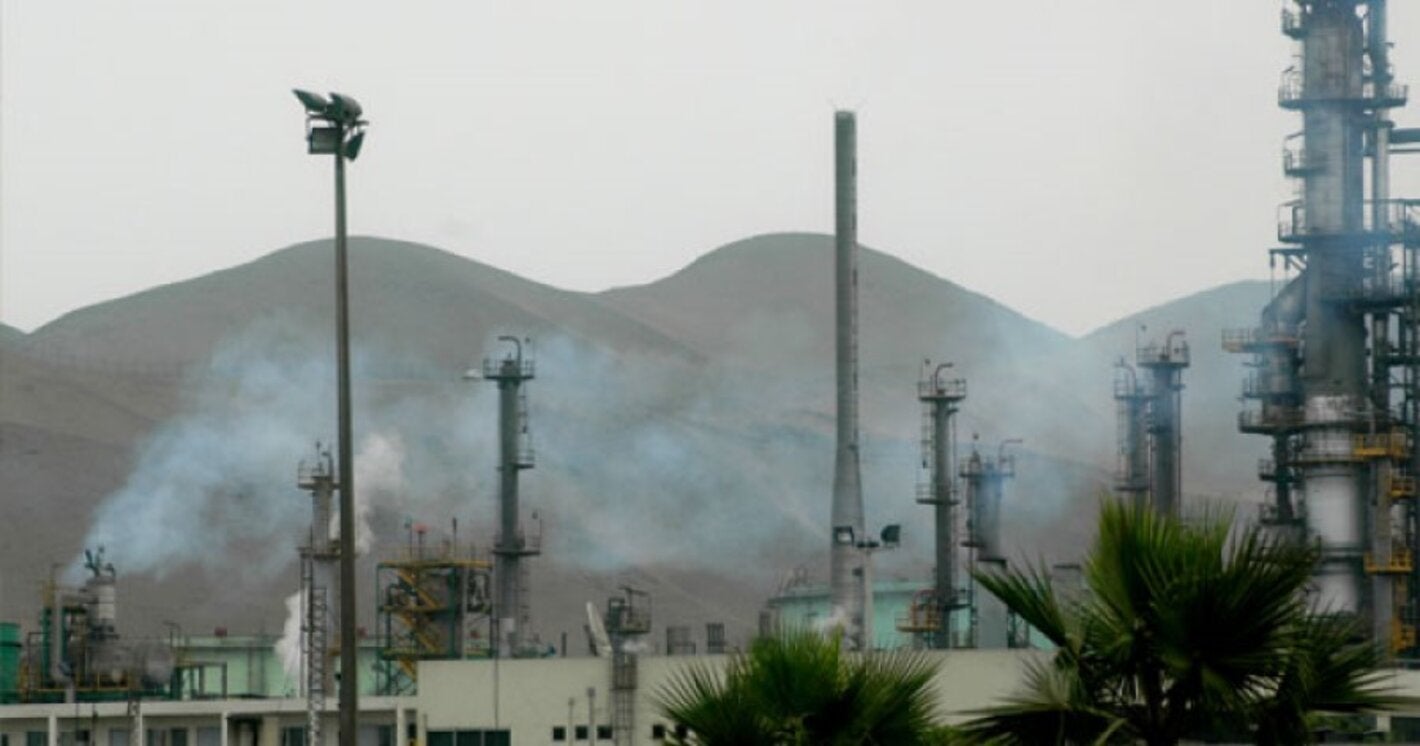
Washington, D.C., 29 April 2014 (PAHO/WHO) — On the World Day for Health and Safety at Work, the Pan American Health Organization/World Health Organization (PAHO/WHO) warned of the risks of chemical carcinogens in the workplace and called for controlling and reducing this exposure to reduce cancer in the Americas.
"Among noncommunicable diseases, cancer is the second-leading cause of death in the Americas," noted Dr. Anselm Hennis, director of the Department of Noncommunicable Diseases and Mental Health at PAHO/WHO. "Although tobacco is recognized as a key risk factor, occupational exposure to carcinogenic chemicals in the workplace also is a key factor in the development of this type of disease."
WHO estimates that occupational exposure underlies between 4% and 40% of the global burden of cancer, causing some 200,000 deaths per year worldwide. Occupational exposure to asbestos, silica and metal fumes is responsible for an estimated 9% of lung, tracheal and bronchial cancers.
During a virtual seminar on "Chemical substances, cancer and work" hosted by PAHO/WHO on April 28, Hennis said that while exposures and estimates of occupational cancers vary from country to country they are a major public health problem.
According to WHO's International Agency for Research on Cancer (IARC), more than 160 substances are known to be carcinogenic in humans, and many of these are present in workplaces in the Americas.
IARC has identified at least 15 lung carcinogens for which occupational exposure is a major contributor to the burden of disease. Similarly, IARC identifies a number of occupational "exposure circumstances" that increase the risk of cancer, including paint and rubber production.
Dr. Luis Augusto Galvão, head of PAHO/WHO's Sustainable Development and Health Equity program, noted that chemical substances have an impact on other human environments in addition to the workplace, including in homes and in the general environment. "Policies on prevention and control need to be comprehensive," said Galvão. "That is, you need joint occupational and environmental actions."
"We need to develop campaigns about occupational risks and plans for preventing occupational cancers in all economic sectors where there is exposure to chemical carcinogens," said Dr. Julietta Rodriguez-Guzman, PAHO/WHO regional advisor on worker's health. "The ideal would be to have workplaces that are free of carcinogenic substances and that promote health and well-being for workers."
A number of experts on occupational health in the Americas from various institutions participated in the seminar, which took place on the World Day for Health and Safety at Work (April 28), designated by the International Labour Organization (ILO). The theme for this year's campaign is "Safety and health in the use of chemicals at work."
Participants in the seminar included Paul Demers, Director of the Occupational Cancer Research Centre, of Cancer Care Ontario; José Carlos Espino, President of the Latin American Council on Hygiene and Safety; Maria Teresa Espinosa Restrepo, Professor of Occupational Health, Occupational Diseases and Occupational Epidemiology at El Bosque University; and Melissa McDiarmid, Professor of Medicine, Epidemiology and Public Health and Director of the University Of Maryland School of Medicine's Division of Occupational and Environmental Medicine, a PAHO/WHO Collaborating Center.
"Occupational cancer is preventable," said Demers, noting that preventive actions range from hygiene to elimination or replacement of toxic substances, prohibitions on certain chemicals, changes in the use of equipment, new workplace rules, and greater use of personal protective gear such as masks and gloves.
Espino lamented the lack of standardization of data and procedures on carcinogenic substances in Latin America, while Restrepo said, "there should be a joint effort between all the ministries in each country and also involving work insurers, nongovernmental organizations and others, to reduce exposure to carcinogenic substances, but also to noncarcinogenic pathogens related to those substances." Restrepo presented a manual of carcinogenic substances produced by Colombia.
McDiarmid discussed occupational risks in healthcare settings, specifically in the management of cancer chemotherapy treatments that are themselves toxic. She presented a monograph published by PAHO/WHO titled Safe Handling of Hazardous Chemotherapy Drugs in Limited-Resource Settings which provides guidance in this area.



